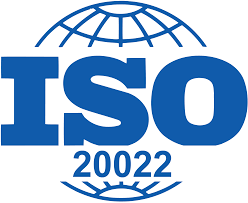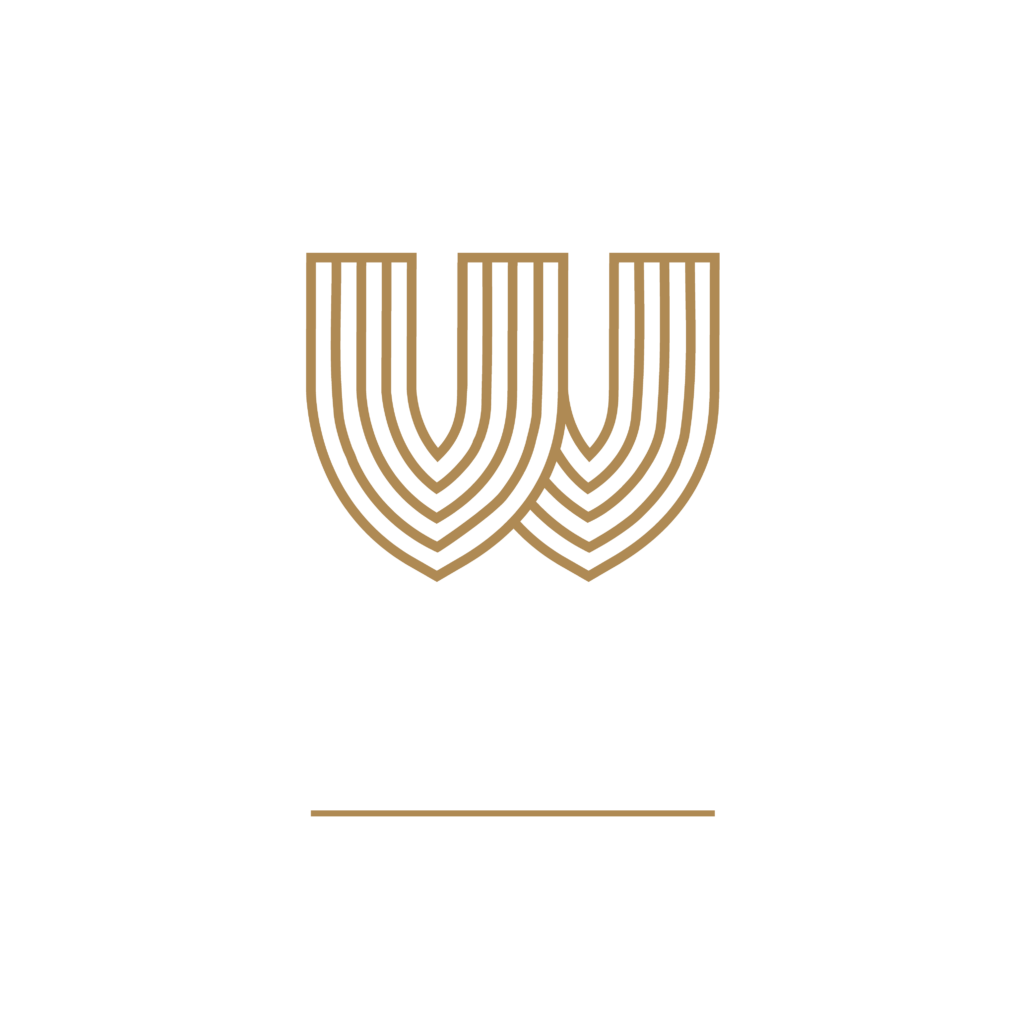Without a reliable means of exchanging electronic messages, the global economic system would fail. This is not hyperbole — financial messaging underpins the consistent and efficient transfer of funds, providing the instructions that allow all payments to take place.
It is with high hopes, then, that banks and treasury departments are monitoring the emergence of ISO 20022: a universal standard for transmitting financial messages, which promises to reduce costs, increase reliability, and make processes more efficient.
A system fit for the future
Before we dive into the details of this new financial language, let us first look at the background.
Until now, different countries with unique payment systems have used a variety of messaging methodologies, each with their own distinct structures and data models. This fragmentation means cross-border payments must be translated numerous times along the transaction chain, heightening the probability of misinterpretation, manual intervention, and all too often, delayed processing.
A far more flexible and consistent standard, ISO 20022 was unveiled in 2004 as a global language for the transfer of financial information, covering everything from payments to the trade of securities.
Almost two decades on, global finance players are finally starting to adopt the common messaging format en masse — central banks in Japan, Switzerland, and China are among those who have introduced it for high-value transactions, while the standard is being used for instant payments in Australia, the United States, the United Kingdom, Canada, Singapore, and elsewhere.
Over the next couple of years, experts believe ISO 20022 will be the main language for high-value payments, supporting 80% of the volume and 89% of the value of transactions worldwide. Reaching those figures will require something of a mass digital migration, as financial institutions move on from legacy messaging systems.
A world of borderless payments
Shifting to ISO 20022 is a serious undertaking for any organisation, but there is little doubt it is a move worth making.
Today, the global financial services world is deeply interconnected, with most firms operating across borders in one way or another. Despite this, settling payments internationally can be a costly, cumbersome process — something ISO 20022 is aiming to change.
At its heart, the new system is about harmonisation. By supporting non-Latin alphabets, following XML-based approaches, and standardising formats that were previously incompatible, it will — all going well — increase the interoperability of disparate financial institutions, regardless of their location.
But ISO 20022 is not just about closing geographical gaps. Readable by both humans and computers, the new format is bridging technological divides, allowing for the effective integration of corporates and financial institutions whether they are running legacy systems or state-of-the-art IT.
Put simply, with ISO 20022 adoption rates rising fast, the financial world is inching closer to a future of borderless payments.
Increasingly reliable real-time payments
What does this all mean for the liquidity market? Well, we know corporate treasurers are playing an increasingly strategic role in their firms’ financial success, so it follows that they are eager to adopt a system that promises to increase efficiency and save money.
ISO 20022 uses rich, structured, granular messages that are machine-friendly, allowing for a high degree of automation — a crucial factor in speeding up cross-border payments (10% of which still involve some level of manual intervention).
By helping remove the need for time-consuming human involvement, ISO 20022 is laying the foundation of ever faster and more reliable real-time payments.
Helping compliance and reducing risks
ISO 20022 also enables a higher level of data visibility and insight, improving decision-making, regulatory reporting, and compliance.
The latter point is of particular importance to treasury teams. When unstructured payment data is truncated and repeatedly translated into a variety of different formats, transaction information can easily become ambiguous and fragmented. When this happens, the effectiveness of compliance controls drops significantly, resulting in more resource-sapping manual interventions.
More: ISO20022, interoperability and CBDCs to the rescue: Key takeaways from SIBOS Day 1
A consistent messaging standard is not only helpful on the compliance front, however — it also reduces data processing risks and the likelihood of errors creeping into the payment process. This is especially important for high-value transactions, with which even the smallest mistake can lead to sizable financial losses.
Smarter, speedier decisions thanks to real-time data
As the banking sector embraces deeper and deeper digitalisation, the risks posed by broken or incomplete data are increasing. At the same time, with cross-border transactions rising, there’s ever-increasing demand for real-time payments.
As already discussed, ISO 20022 can speed these up by facilitating a higher level of automation — but only if the payment system has access to real-time data. ISO 20022 files are formulated of enriched data, which means the files themselves are larger. To deal with bigger files — and, for that fact, larger transaction volumes — financial firms must ensure they have access to technology capable of handling ever-increasing capacity.
Now’s the time
ISO 20022 promises huge breakthroughs in the global payments space, but as with any systemic change, there will be winners and losers.
If financial firms wish to be the former, not the latter, they must ensure they have got the right tools to handle the deluge of data that this new, universal financial language will bring.
For banks and treasury departments with a tech-forward mentality, ISO 20022 presents a massive opportunity — now is the time to seize it.
Articles API BankingTech Commercial/Retail Corporate Banking Lending Tech Private Banking RegTech Risk Technologies Treasury


